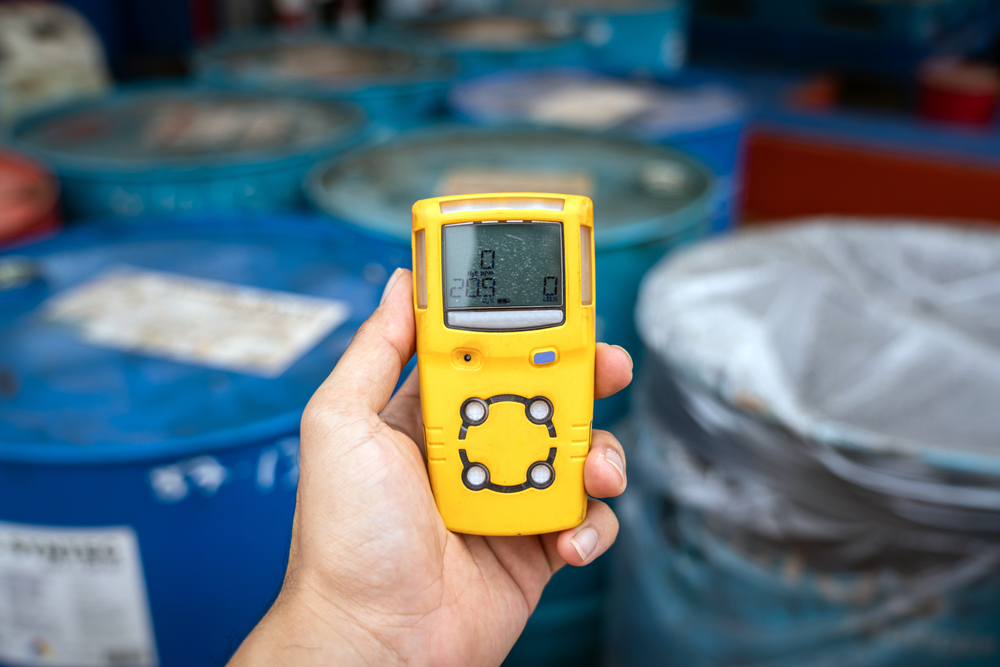More than 130 air monitoring projects in 37 states will receive $53.4 million in funding from the Inflation Reduction Act (IRA) and the American Rescue Plan (ARP). Of the funding, $20 million is provided by the ARP, with the rest coming from the IRA.
The additional funding from the IRA allowed the EPA to deploy, integrate, support, and maintain fenceline air monitoring, screening air monitoring, national air toxics trend stations, and other air toxics and community monitoring in support of 77 community monitoring projects. More than $4 million will be awarded to communities visited by EPA Administrator Michael Regan during his first Journey to Justice tour.
“I’ve traveled across the country and visited communities who’ve suffered from unhealthy, polluted air for far too long. I pledged to change that by prioritizing underserved communities and ensuring they have the resources they need to confront longstanding pollution challenges,” said Regan in an EPA news release.
The EPA announcement marks the first air monitoring programs funded by the IRA and marks the “largest investment for community air monitoring in EPA history,” according to the Agency.
Funding for these air monitoring programs furthers the goals of President Joseph Biden Jr.’s Justice40 Initiative and Executive Order Tackling the Climate Crisis at Home and Abroad, which directs “40 percent of the overall benefits of certain Federal investments flow to overburdened communities that face disproportionately high and adverse health and environmental impacts,” the EPA press release adds.
Current air monitoring data
The current EPA air monitoring data available to the public is via its AirData Map, which allows users to view air quality across the United States.
A 2021 blog post by JustAir Solutions, a company that creates air quality monitoring networks to provide cities and individuals with data on their breathing environment, identifies two issues with the EPA’s current Air Data system:
- “Each major city only has a single monitor. Air quality can vary tremendously within a major city, from one neighborhood to the next and even from one city block to the next. Therefore, a single monitor does not provide the whole picture.
- Since there’s only one monitor in every major city, there is no way to verify the data. Users must assume the data is correct and that the equipment is always working correctly.”
Community air monitoring programs
Many community air monitoring programs were developed to close the gaps in the national and state air monitoring programs.
Networks such as Air Alliance Houston’s Community Air Monitoring Network have been formed in neighborhoods and metropolitan areas across the United States. These types of organizations typically build their own community-based air monitoring networks to provide additional information and data to county air monitoring authorities.
The Central California Environmental Justice Network (CCEJN) is centered on community air monitoring for the San Joaquin Valley, which the group says has the worst air quality in the nation.
The goals of various CCEJN programs reflect the goals of community-based air monitoring programs across the nation:
- Increase community awareness of air quality issues.
- Generate data and a better understanding of air quality issues that the local community and regulators can use to spur enforcement or regulatory action.
- Use the information generated by the sensor network to improve community health by letting residents know when to limit their exposure in certain areas or during different times when air pollution is elevated.
Examples of how the EPA community air monitoring grant funds will be utilized include:
- The California Air Resources Board (CARB) will receive $499,100 “to co-design and implement air quality monitoring in two distinct environmental justice communities in California with the goal to inform the development of a statewide community air monitoring program and guide the enhancement of the air toxics program.”
- The Youth Ministries for Peace and Justice Inc. in the state of New York will receive $500,000 to “partner with multiple organizations to collect air quality data in the vicinity of the Cross Bronx Expressway. This data, along with advocacy and environmental justice trainings, community meetings, and events, will support the redevelopment of the Expressway so that it benefits the South Bronx community.”
- The Confederated Tribes of Coos Lower Umpqua and Siuslaw Indians of Oregon will receive $500,000 to “increase community engagement on outdoor and indoor air quality and develop a network of air quality monitors. The goal is to mitigate adverse health impacts due to air pollution exposure, and the ability to have data to manage local air quality is dependent on having reliable and accurate equipment.”
See the EPA ARP Grant website for a complete list of projects awarded funding.
Industry contributions
Industry organizations such as the American Chemistry Council (ACC) have also developed programs to monitor, measure, and transparently report progress in reducing air emissions.
One such program is mandatory member participation in the ACC’s Responsible Care program, which includes:
- Signing the Responsible Care Guiding Principles;
- Tracking and transparently reporting company performance on environment, health, safety, and security metrics;
- Undergoing third-party audit and certification to the Responsible Care Management System (RCMS®)/RC14001®; and
- Implementing the Product Safety, Process Safety, and Security Codes.
In 2021, the ACC also launched an initiative in partnership with Harris County, Texas, to advance air monitoring.
“A $1 million grant from ACC’s Foundation helped provide new air monitoring equipment to enhance the County’s local Community Air Monitoring Program,” states an ACC press release. “Building on the success of this initiative, we are evaluating additional communities to launch similar programs.”

